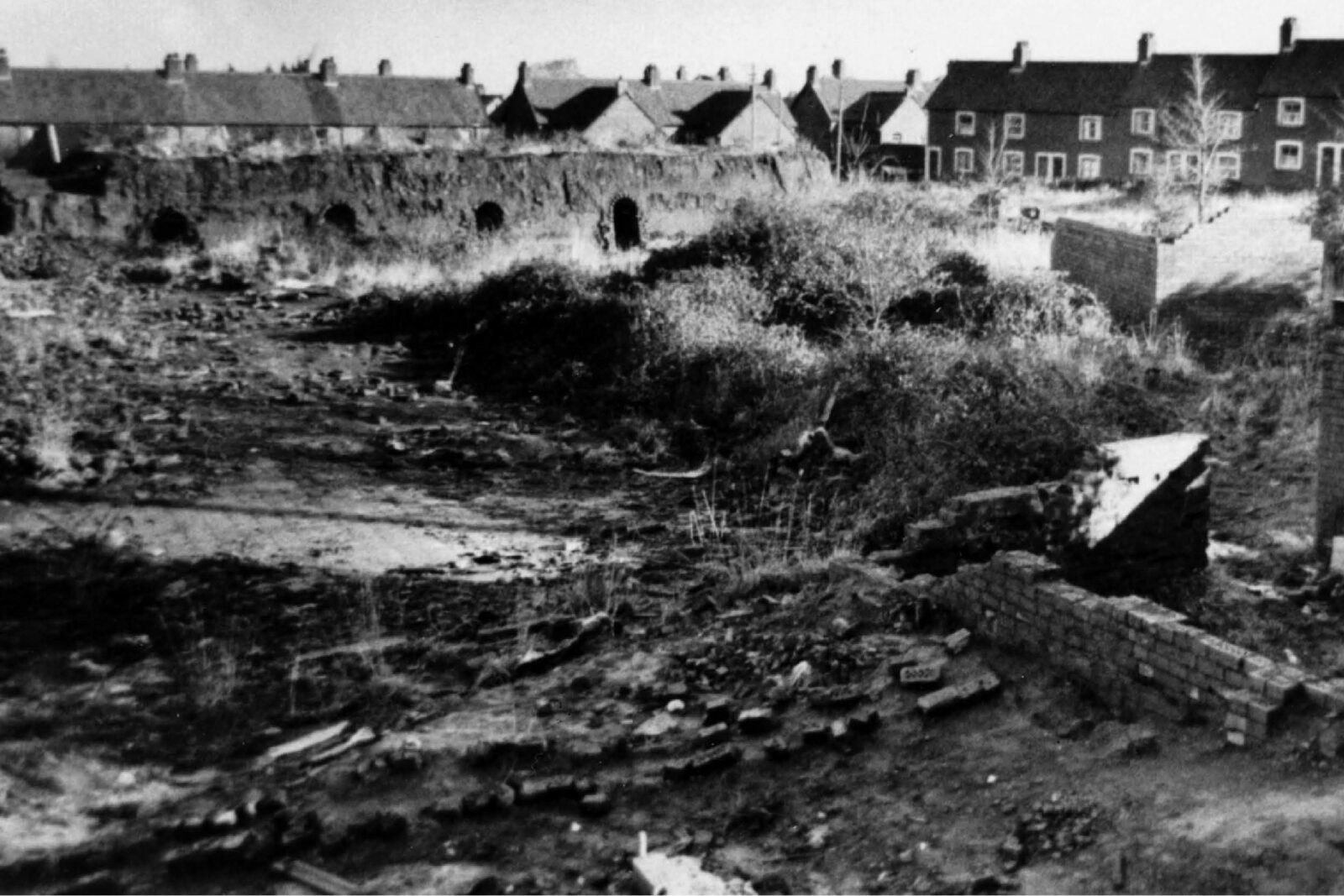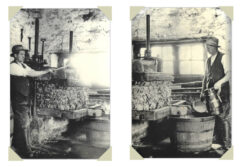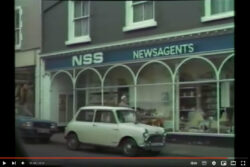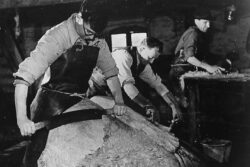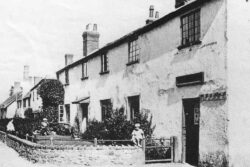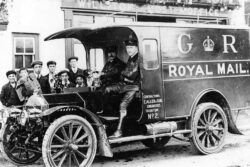The other day someone said to me ‘Fancy Butlins being built on what must have been beautiful unspoilt countryside.’
Well, that is not entirely true, as seven acres of the land on which Butlins stands was former industrial land, home of the Warren Brick and Tile Works founded in 1750. It operated until 1919 and extracted blue clay. John Page wrote in 1890 ‘a brickfield poisons the air with odours as stifling as those of a bottomless pit.’
The Luttrells owned the business and worked through a local agent. The key figure on site was the manager who needed numerous skills for the production of goods. He had to dig and prepare the clay, make bricks and tiles, pack or set the kiln and ensure correct firing.
The owners searched throughout Somerset for their brick makers. In 1759 John Mogg, a potter from Bristol, came to the Warren. In the early years earthenware vessels in the form of kitchen utensils were made at the Warren yard or at the Dunster kiln which stands behind the Luttrell Arms Hotel. For commercial reasons it was the brick and tile production that pre-dominated, such as plain tiles, used since Mediaeval times, pantiles, gutter bricks (for drainage channels), bars for malt-house kilns and ridge tiles.
Wooden moulds were needed to enable the worker to shape the objects. The colour of bricks is determined by the chemical composition of the clay, the fuel used to fire them and the level of oxygen available during firing. In 1784 taxes were levied on bricks and tiles. 2s 6d per 1000 bricks and varied rates for tiles depending on their design and usage. This was scrapped in 1850.
The Luttrells became conscious of the large scale manufacture of clay goods in Bridgwater and in 1813 recruited William Turner who had worked at Bridgwater. Records of 1882 show that coal for the kiln was shipped via Minehead to the Warren by Captain H. Pulsford. In that same year bricks were made for use at Dunster Railway Station and many of the tied cottages on the estate, especially for flooring. Victorian bricks have been found locally stamped 1869 and 1879 but the significance of those dates is unknown.
It is interesting to reflect that Butlins was erected on clay pits and its lake was on the site of pools originally formed by previous workers.
Some 20 years before the Warren closed, the Victoria Brick and Tile Works in Alcombe was opened in 1897. Built by John B. Marley these works were in response to the Victorian demand for bricks and tiles in an expanding Minehead. The clay pit here extended over 10 acres to the South of the A39. Clay was transported by tramway, the trucks moving on a counter-balance principle. The taller of the two chimney stacks was built by William Court of Minehead. It is said that he did a headstand on the top to celebrate completion of his job!
Despite producing 60,000 bricks per week in 1945, economics ,two world wars and the popularity of alternative materials caused the works to close in 1947. The land was built over and all that remains of the name is the attractive development called Marley Close.
Compiled by Sally Bainbridge on behalf of Minehead Conservation Society.
Buy the book! Minehead & Beyond
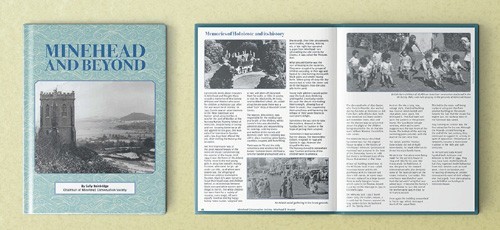
This book is a compilation of articles written for this magazine by Sally Bainbridge on behalf of Minehead Conservation Society. It contains information about the richness of West Somerset’s history; culture; people; heritage; traditions and beautiful and varied landscape. The book costs just Es and all profits go to Minehead Conservation Society.
Available to buy from AR Computing, Park Lane Home Furnishing (in their Park Lane shop), Minehead Tourist Information Centre and Townsend House (Monday am).
Office: Townsend House, Townsend Road, Minehead TA24 5RG (01643 706258) E-mail: [email protected]
